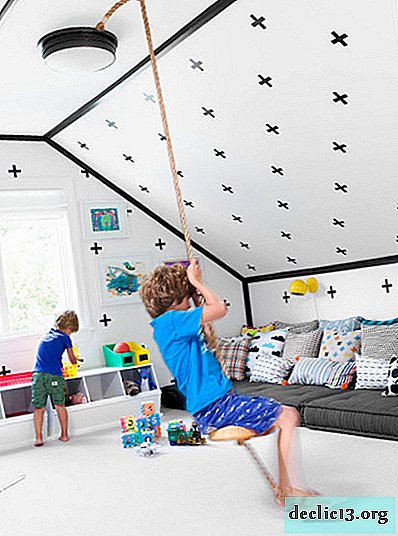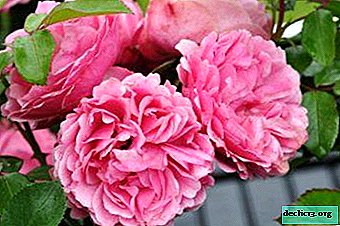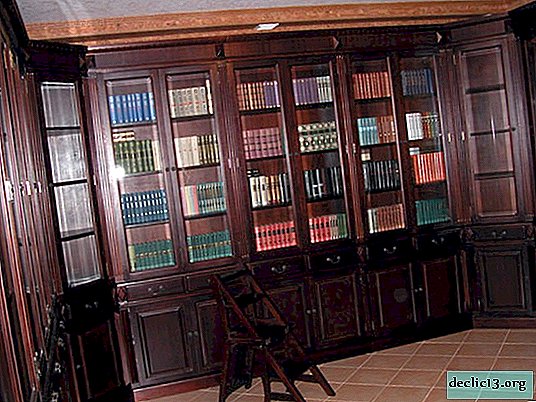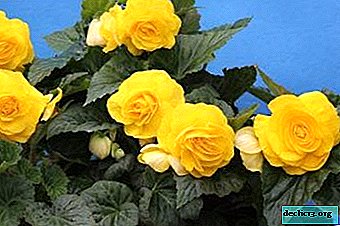What is okhaben and why he was loved in Russia

More and more people are interested in the history of Russia. More often questions began to be asked about what and how our ancestors wore. For many, the meaning of the word “fucking” is not familiar. This is a Russian word for a piece of clothing dating from the 15th to the 18th centuries. The etymology connects it with the word "rob", which means to embrace, hug. This element of the wardrobe received the name, because when dressing it, the sleeves remained free, and they were tied at the waist.
In 1377, okhaben was already worn in Russia, as evidenced by historical documents. The chronicle says that it was the clothing of kings, princes.
For a long time, from the 15th to the 16th century, only representatives of the noble classes wore okhaben. Only after the Royal Decree of 1679, ordinary people were able to try it on.
This is a universal kind of decoration worn by women and men. Sewed it from expensive fabrics, decorated with hand embroidery, complemented with valuable furs.
Ohaben had options for wearing at different times of the year. Having become acquainted more closely with the accessory of the past, you begin to understand how conveniently and thoughtfully it was sewn.
Long-field caftan - a variety of okhabnya
Ohaben sewed from velvet, brocade, hugs, kamki. Only princes and boyars allowed themselves such luxury. The historian Vladimir Klyuchevsky describes: "When an old Russian boyar in a wide oversized cap and a high neck of a throat rode out of the yard, every person who met a lesser rank in a suit saw that this was really a boyar, and bowed to him to the ground or to the ground."
Detailed description
Ohaben is a variant of a long-caftan caftan, the hallmark of which was the shape and length of the sleeves. There were long cuts in the arms around the armholes. When they were wearing a hawk, their hands were threaded into sleeves and slots, and the loose-fitting narrow sleeves were tied behind. There were no special nodes. Despite the complex design, there was no inconvenience. On the contrary, this sleeve option is practical.
The collar was in the shape of a quadrangle in the type of folding. The size reached the middle of the back. The clasp was located in front, buttonholes were fastened butt.
Ohaben was considered outerwear for warm seasons. But there were models designed for the cold season. They were supplemented by detachable collars made of fox, fox, and beaver fur.
Video plotOuterwear of Ancient Russia
What men wore
In the cold season, men wore hats as hats. They were various styles of fur, wool. Often used the felting method. Met the same way:
- Felt caps.
- Dressings.
- Headbands.
Men's outerwear:
- Cover.
- Scroll.
- Odnoryadka.
- Ohaben.
- Fur coat.
Convenient, practical, widespread clothing was a scroll - a variant of a long caftan. He did not close his boots, did not interfere with his movements. The quality of the fabric depended on the wealth of the owner.
The fur was used by representatives of different classes, most often it was sheepskin, beaver, hare, fox, arctic fox fur.
They also wore a long sleeveless cloak, which was sewn from a piece of linen.
What women wore
As outerwear, women wore cloth dread. Buttons were used from top to bottom. Over the head they put on murderers, quilted jackets, and fur coats.
Short murderers were worn by the rich and the poor. At the price of fabric, decoration, jewelry, it was determined to which estate a woman belongs. In addition, they wore odnoryadki, fur coats in a cape.
In cold weather, women wore hats of various styles trimmed with fur. Bright, colorful shawls were worn over fur hats.
Children's clothing
At the age of 6 years, children in Russia did not have outerwear. If in the cold season the child needed to leave the house, they put on a short fur coat of older siblings.
A youth from 6 to 15 years old received a hoodie.
Video infoInteresting information
Clothing in Russia has long had not only a functional purpose. The Slavs believed that it not only protects from bad weather, but also saves the owner from dark forces, evil eye, damage. It served as a talisman, therefore embroideries and decorations protected from evil, were considered amulets.
It is interesting that our ancestors did not sew decoration from new fabrics for children. Almost all of the children's clothing was made from the worn items of their parents. The Slavs believed that it was the best amulet for children, so clothes for boys were sewn from the things of the father, and for girls - from the things of the mother.

















